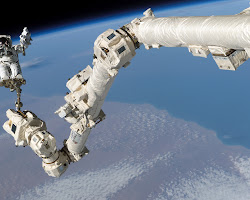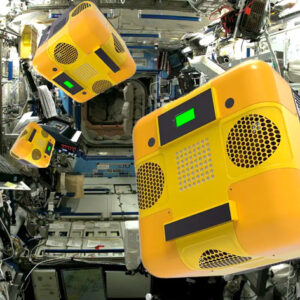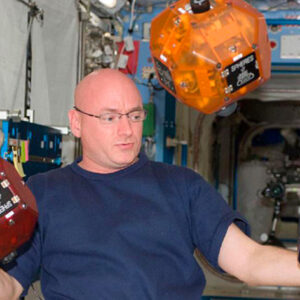Space Robot
Space robotics is an interdisciplinary field that combines robotics, artificial intelligence, and space technology to develop robots that can operate in space. Space robots are designed to perform a variety of tasks, including:
More about Space Robots
Human spaceflight support:
Space robots can assist astronauts with tasks such as construction, maintenance, and inspection. For example
Astrobee:
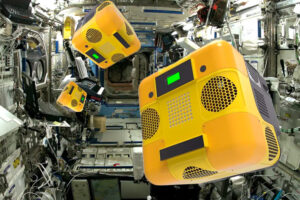
NASA developed Astrobee to help astronaut to the job which repeated task, harmful for astronaut, document when astronauts do their tasks.
Robonaut:
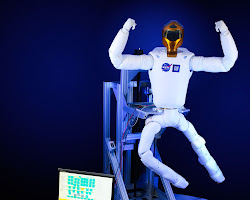
The Robonaut is a humanoid robot that is being developed by NASA to work alongside astronauts on the Space Station.
CIMON:
CIMON (Crew Interactive Mobile Companion) :
Airbus and IBM developed CIMON funded by Germany Aerospace Center, which is a small, spherical robot that is designed to assist astronauts with tasks such as taking notes, providing information, and monitoring the environment.
The CIMON is equipped with artificial intelligence and can interact with astronauts using natural language processing.
Int-Ball:

Int-Ball (Internal Ball) Int-Ball developed by JAXA(Japan Aerospace Exploration Agency) is a camera drone that is designed to operate inside the ISS. Int-Ball can capture HD video and transmit it to astronauts on the ground. This allows astronauts to monitor experiments and activities in the ISS without having to leave their workstations.
MIT SPHERES:
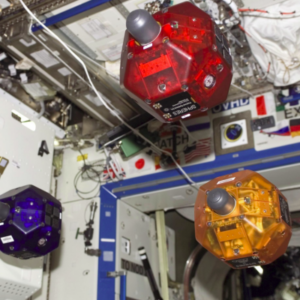
To test sensor, control and autonomy technologies
The MIT Space Systems Laboratory, in conjunction with NASA, DARPA, and Aurora Flight Sciences, developed and operates the SPHERES (Synchronized Position Hold Engage and Reorient Experimental Satellite) system to provide a safe and reusable zero gravity platform to test sensor, control and autonomy technologies for use in satellites, especially in the area formation flight. Developing these technologies enables new types of satellite systems to be developed.
Scientific exploration:
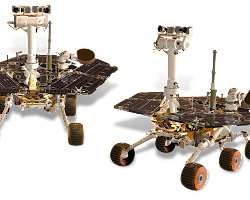
Space robots can collect data, take samples, and conduct experiments on other planets and moons. For example, the Mars Exploration Rovers, Spirit and Opportunity, have been exploring the Martian surface since 2004. Spirit and Opportunity (NASA)Opens in a new window mars.nasa.gov Spirit and Opportunity (NASA)
Satellite servicing:
